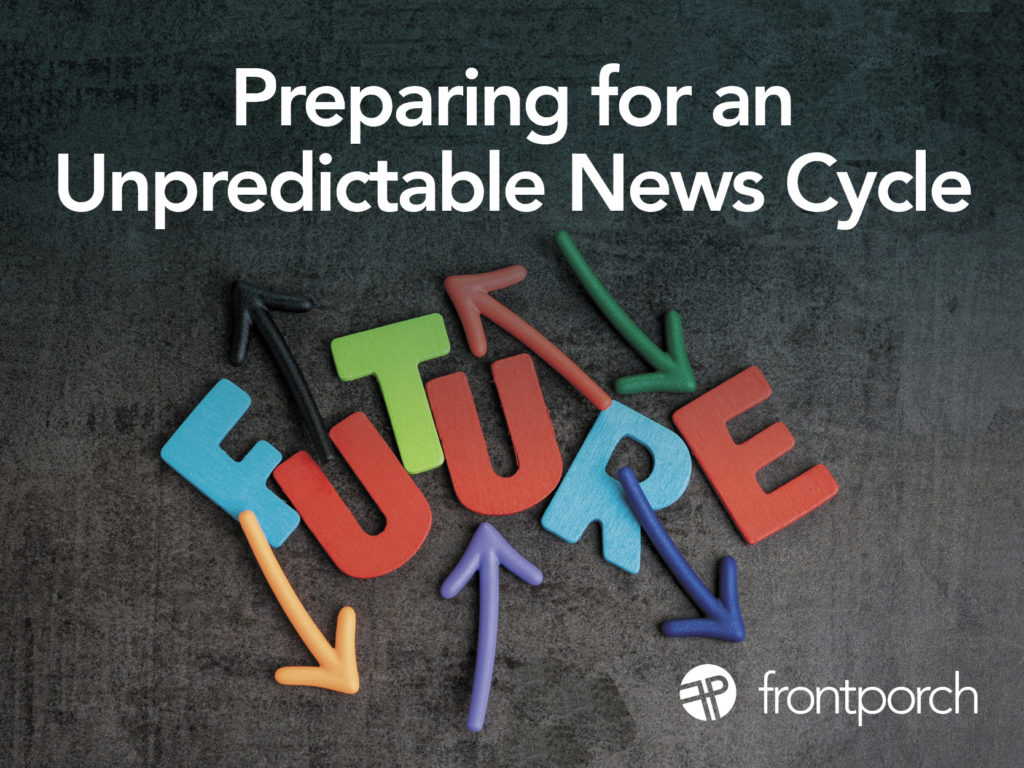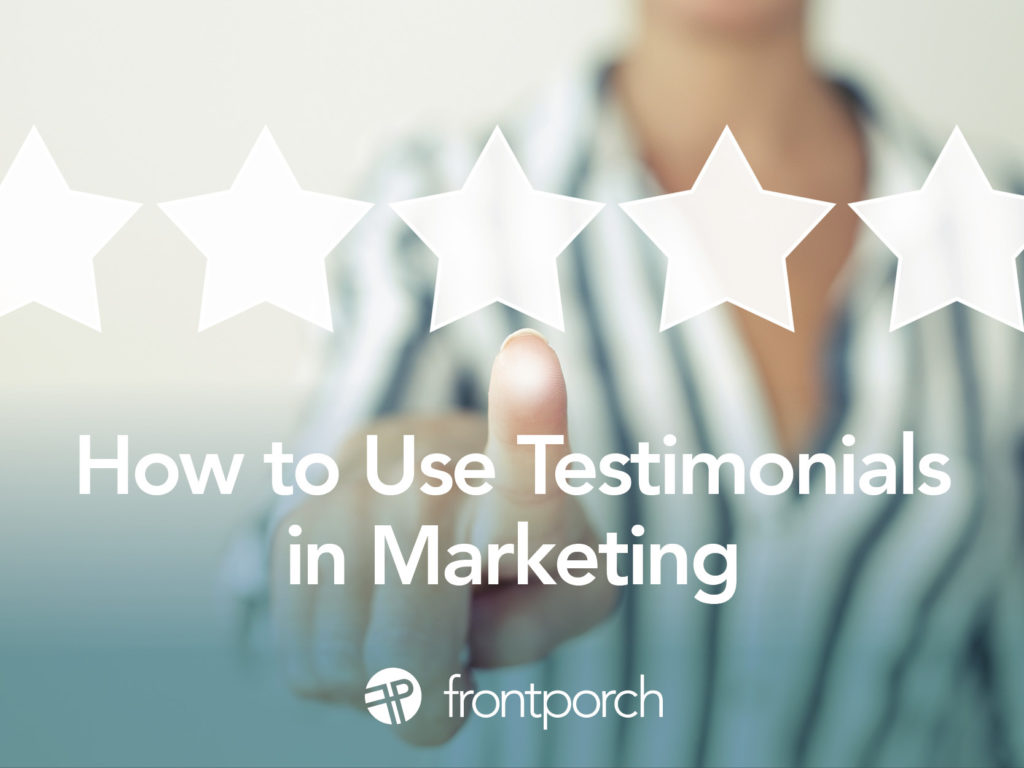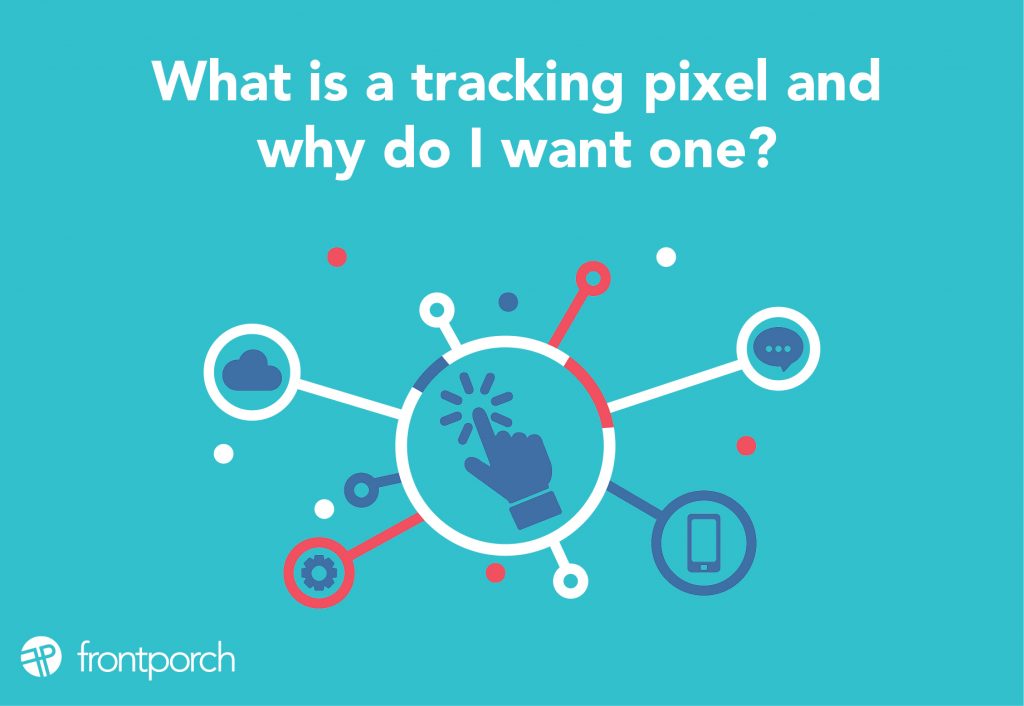
Programmatic Advertising is Driving Results.
After Q1, clients historically shift focus based on marketing, advertising and communications results so far in the year. The Front Porch team than also ebbs and flows to make sure our efforts are successfully driving topline revenue for our clients.
One of the tactics working for our clients right now? Programmatic advertising. As we start Q2 and continue into 2023, this advertising approach is driving results.
What is Programmatic Advertising?
It is a bit different than digital advertising. Programmatic advertising utilizes automation and algorithms to achieve success. Too far in the weeds: but it is about the process of ads purchased and sold. But it is different than traditional media-buying techniques. Programmatic advertising meets the potential customer when and where they are. This approach optimizes the efforts of the advertising, hyper targeting the most interested, most matched customers with the brand.
What is the Difference Between Display Advertising and Programmatic Advertising?
Clients often ask us what the difference is between display advertising and programmatic advertising, since in many cases they can look the same. The answer is that programmatic levels up:
- Display advertising refers to how ads are bought
- Programmatic advertising goes beyond simply placing a digital display ad on a website, and is more about how ads appear and in what format — serving the right ad to the right person in the right place at the right time
How to Get Started with Programmatic
Before you dive in, your team or your marketing partner needs to do the due diligence to understand your target market. With more in-depth information, programmatic advertising can work harder for your client and find the customers that are looking for your client’s brand.
Then, as you implement your plan, these are the things to look for and monitor in order to continuously improve and optimize your advertising, maximize your budget and reach the best customers for you:
- Cost per Click (CPC)
- Click-through Rate (CTR)
- Cost per Completed View (CPCV)
Want to Know More About Programmatic?
How can we help? The marketing and advertising landscape is evolving at the speed of light. And the Front Porch team is keeping up and leading the way to better outcomes for our clients. There are many benefits to choosing programmatic advertising such as efficiency and low-cost awareness. So please ask, as we love sharing our client successes, expertise and fodder. Sometimes the fodder isn’t relevant, but it sure creates great conversations and we’d love to have one with you.










